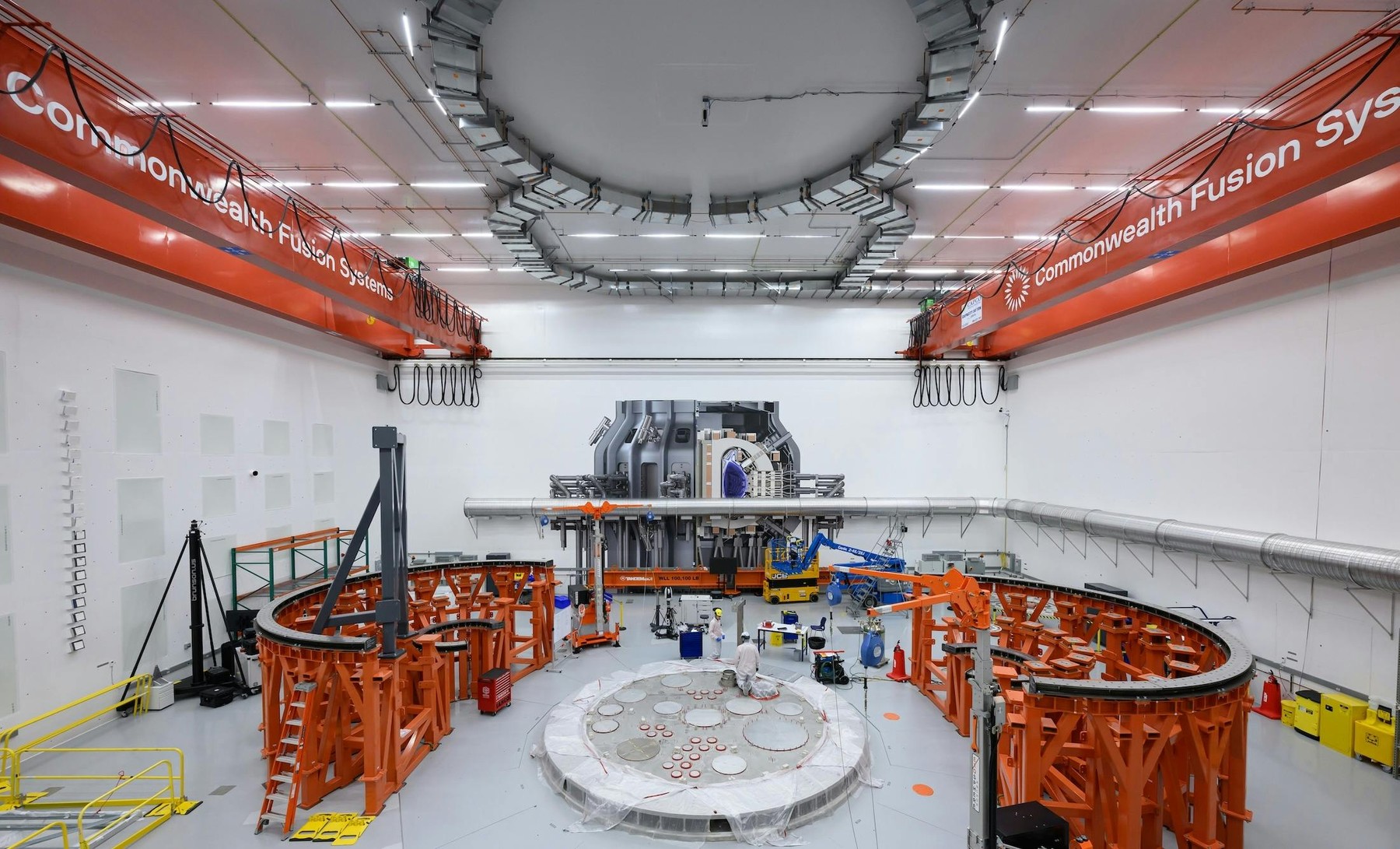Insider Brief
- First Light Fusion canceled plans to build its own fusion power plant after struggling to secure sufficient funding.
- The decision triggered a 60 percent drop in the company’s valuation, cut by major investor IP Group.
- The company is pivoting to licensing its fusion technology to other operators, amid rising competition from China in fusion research.
- Image: First Light Fusion amplifier technology
First Light Fusion has canceled plans to build its first power plant, triggering a sharp drop in its valuation and raising fresh concerns about the West’s ability to compete in the global race for fusion energy, The Telegraph reports.
The Oxford-based company saw its value cut by more than 60 percent after investor IP Group slashed its price tag from £236 million to £100 million, according to the group’s latest financial disclosures. The write-down followed First Light’s decision to abandon construction of a prototype reactor based on its “projectile fusion” technology after failing to secure sufficient funding.
Instead of operating its own power plants, First Light will now focus on licensing a device called an “amplifier,” which houses a nuclear fuel capsule and is designed to boost fusion reactions when paired with external fusion systems, according to The Telegraph. The company’s core technology involves firing a small projectile — roughly the size of a five-pence coin — at a fuel target at extremely high speeds using electromagnetic accelerators. The impact aims to trigger the same kind of atomic collisions that power stars.

First Light Fusion has spent tens of millions of pounds developing its approach but ultimately determined that operating a plant was too capital-intensive under current market conditions. In a March update, the company said shifting to a supply and licensing model would allow it to become more “capital-light” and accelerate revenue generation.
Mark Thomas, First Light Fusion’s chief executive, told The Telegraph: “We have been very pleased with the response to our strategy pivot, moving to an enabler of inertial fusion while rapidly accelerating revenues. Our funding process is on track and has now completed a first close. We benefit from very supportive long-term backers and expect to move to final close in due course.”
IP Group, which holds a major stake in First Light, said in its annual accounts that the company is pursuing alternative funding options and expects to announce new developments soon. First Light said it has secured the first tranche of a new investment round and continues to work toward a final close. Company executives emphasized that long-term backers remain supportive of the new business model.
First Light’s move comes amid growing questions about whether Western nations can maintain a lead in fusion energy technology. In January, the UK government pledged £410 million for fusion research, with the goal of building a working prototype reactor by 2040. However, China has accelerated its own fusion programs. Chinese researchers recently sustained a plasma reaction at over 100 million degrees Celsius for 17 minutes, using their “artificial sun” reactor, doubling previous global records. Beijing is also constructing a massive laser-fusion facility aimed at achieving commercial-scale fusion reactions.
Last year, the Fusion Industry Association warned that the UK risks losing ground to China if it does not move faster to support private fusion ventures. Although public funding is growing, many startups remain heavily dependent on private capital to survive until fusion becomes commercially viable.
First Light Fusion’s roster of investors includes not only UK-based IP Group but also Chinese technology giant Tencent, reflecting international interest in fusion breakthroughs. The company’s pivot to supplying components rather than building full reactors mirrors a broader trend in the fusion sector, where some startups are turning toward less capital-intensive strategies amid tighter financing conditions.
Despite decades of research and investment, controlled nuclear fusion remains an unsolved challenge. Although experiments around the world have made steady progress, no project has yet achieved “ignition”—where a fusion reaction produces more energy than is consumed to start it. Reaching that point is seen as critical for fusion to become a practical, economic energy source.








